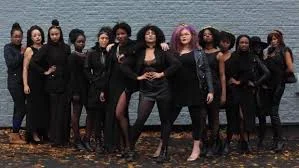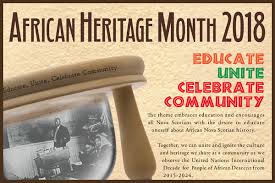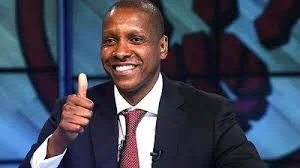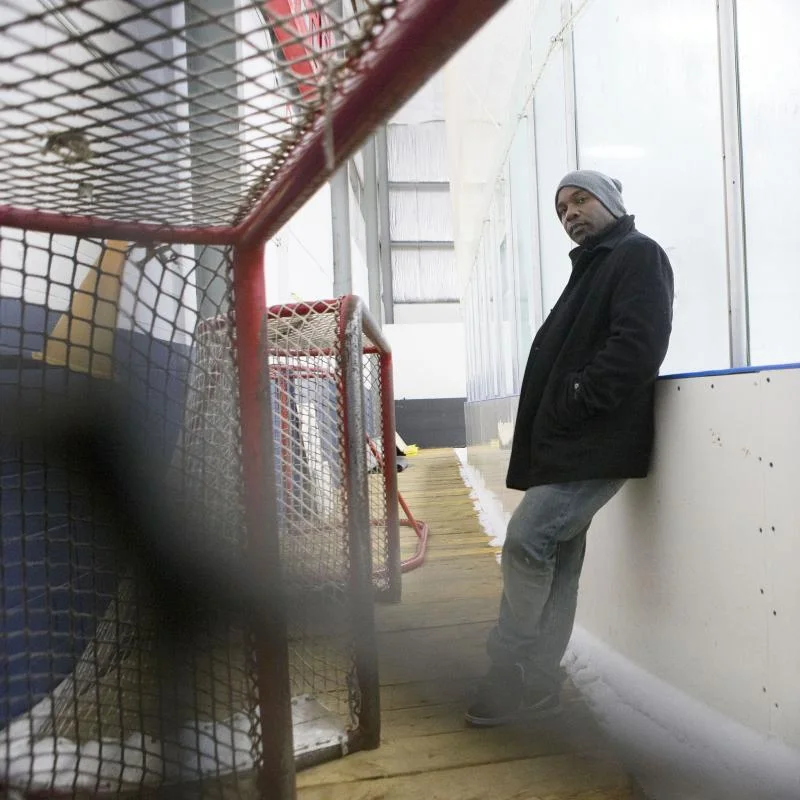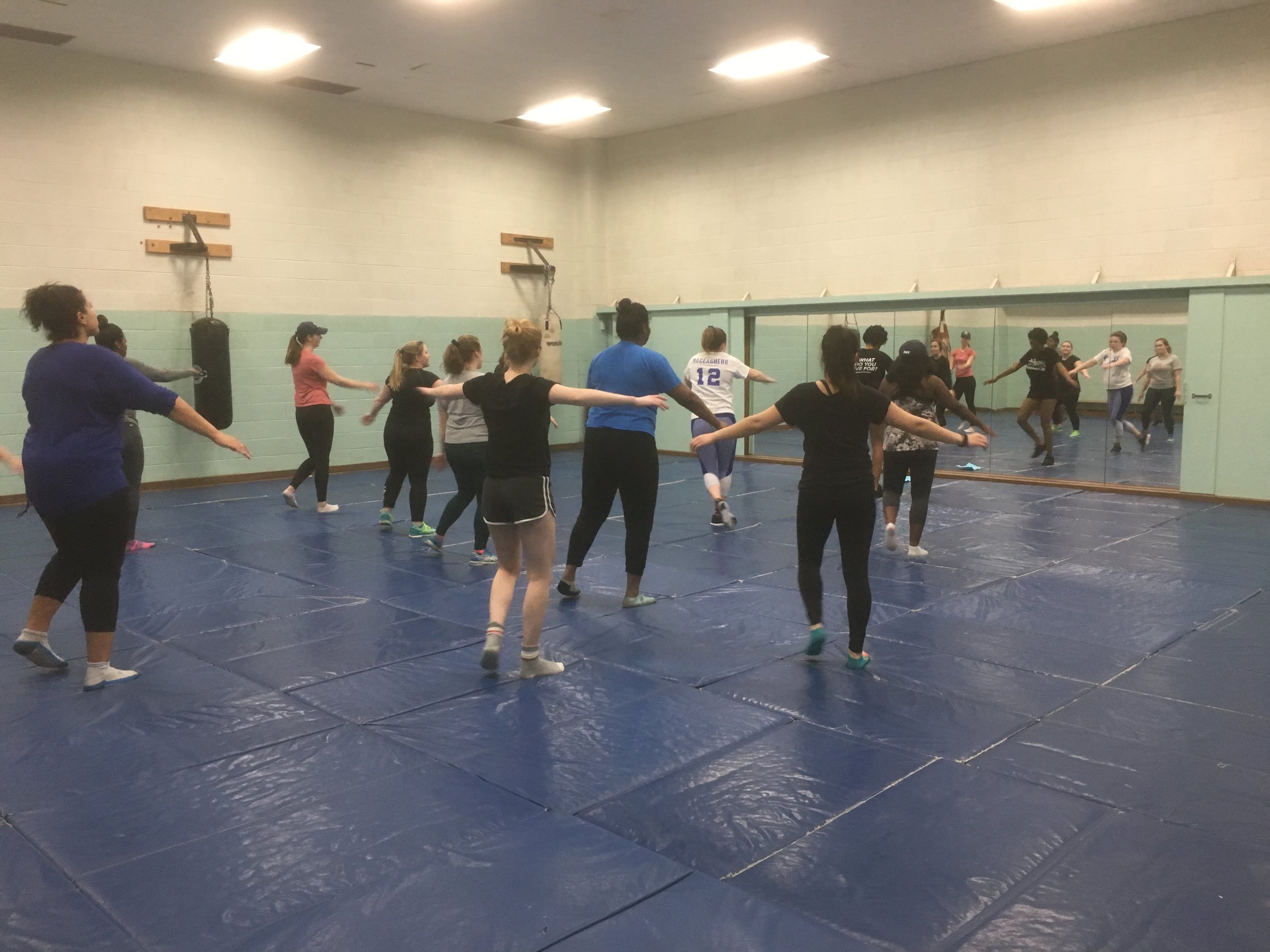StFX student sends medical supplies to clinics across the globe
/Alec Cranston is doing his part by helping one clinic at a time
For the past year, StFX student Alec Cranston has been packing suitcases and handing them off to local travellers, in hopes of spreading the wealth of Canadian medical supplies to countries who lack such resources.
Cranston is a member of an organization called Not Just Tourists. It began in Canada and, over the years, has collected surplus medical supplies across the country, in order to deliver them to medical clinics and hospitals in need around the world. The organization was developed in order to end the desperate need for supplies across the globe.
The organization, which was founded in 1990 by Dr. Ken Taylor and his wife, Denise Taylor, has been making deliveries over the past few decades. It all began when the couple had gone on a trip to Cuba and experienced Cuba’s medical supply shortage firsthand. The two decided that they needed to do something and bringing medical supplies to countries such as Cuba seemed like the perfect step forward.
The organization is run across Canada by volunteers like Cranston, who want to make a difference when it comes to the shortage of global medical supplies.
Cranston has spent his past two summers working at a hospital in Halifax, Nova Scotia and explained how “the amount of medical supplies that goes to waste is horrifying”. He stated that he has always wanted to get involved with relief aid and helping other countries.
Over the past 25 years, with no funding, the entirely volunteer-driven organization has delivered over 10,000 suitcases to 82 countries around the world.
Cranston has been able to add to that number with several successful deliveries. He joined in May of 2017 and is now one of only two Not Just Tourists representatives in Nova Scotia. His role with the organization is to collect the supplies, organize it and pack it into suitcases.
He explained that the goal is to have people who are planning a vacation or travelling for business to sign up and take a bag with them for their visit. It seems simple, but of course there are setbacks and having people take the bags “is the hardest part”, as it doesn’t always work going through customs or other such challenges are presented.
But when it does work, the results have shown to be very beneficial. Successful places that Cranston has been a part of include multiple trips to Cuba, Ghana, the Dominican Republic, Nicaragua and Puerto Rico.
When asked how someone goes about delivering the supplies, Cranston explained “sometimes we have clinics that are registered, but if not, we can leave it up to the person to choose where they want to go”. For this reason, it can make deliveries easy for the travellers with time restrictions. Cranston told us that he would supply the traveller with a list of clinics near the airport, or on the traveller’s route so that they can access the nearest location for lack of time, or so that the traveller can choose where they would like to make the delivery. It provides them with “the freedom of choice” so that person can make the decision on their own and maybe even create a connection with that place.
As Canadians, Cranston explained we are “well supplied and well-funded by the government and have strong trade agreements, that these other countries just don’t have.” This means we will never be at a loss for supplies and doctors will not have to choose one person over another when it comes to distributing supplies to patients. Cranston ended by stating that a lot of these countries, like Cuba, have really great health care systems, but are just lacking the source of supplies.

